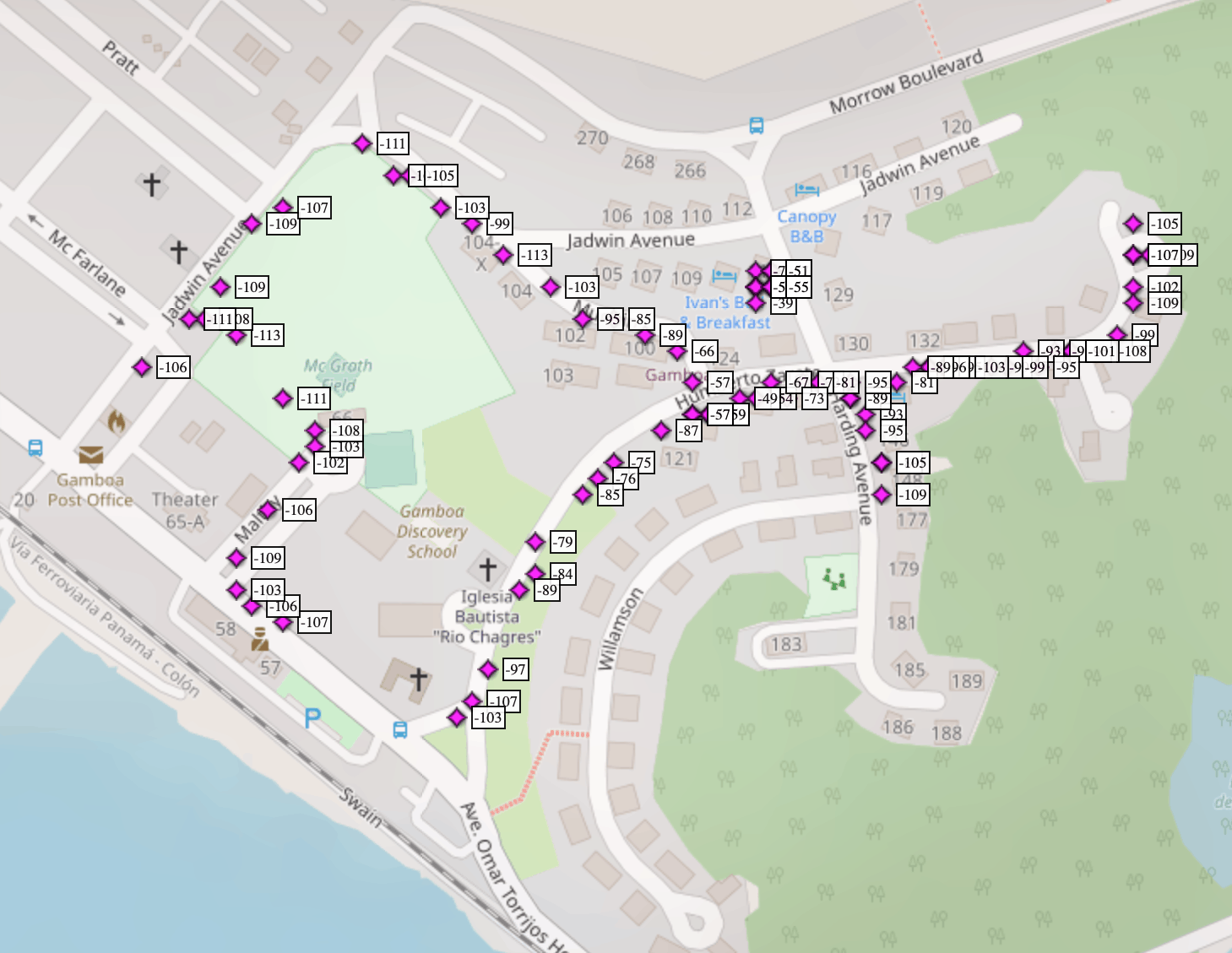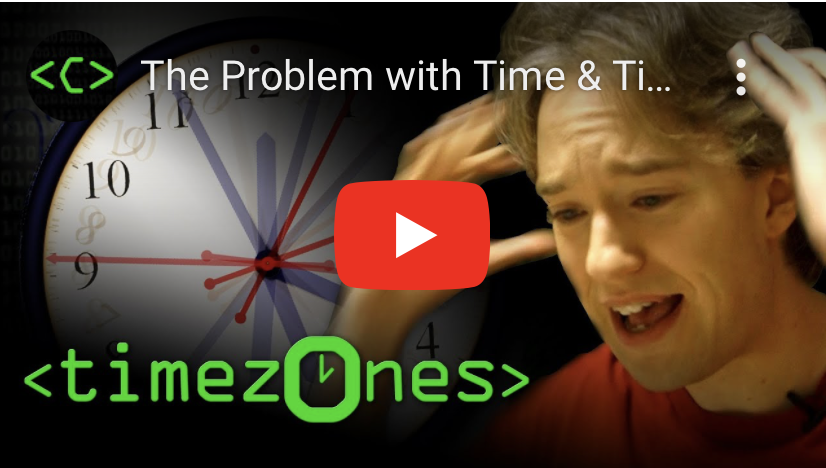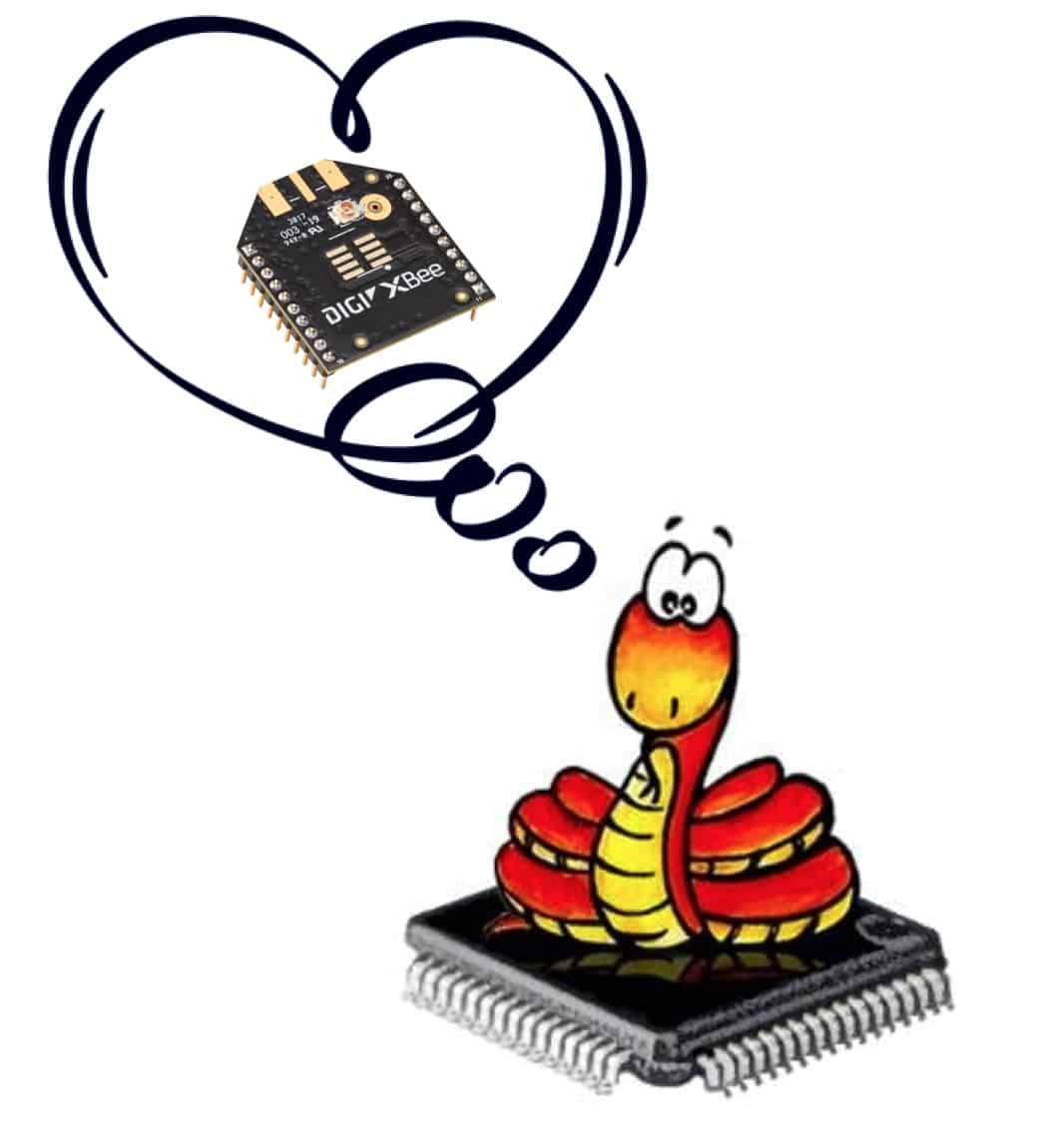Balloon IoT Environmental Sensing Takes to the Air
We have liftoff. My first Balloon Environmental Sensing test successfully “slipped the surly bonds of earth, and danced the skies on laughter-silvered wings” sending data back the whole time. First flight was at the Digital Naturalism Conference in Gamboa, Panama, featuring 10+ sensor values streaming from the balloon to an online data collection system and dashboard. It was a big success! …
Balloon IoT Environmental Sensing Takes to the Air Read more »




